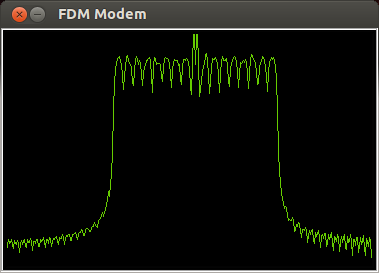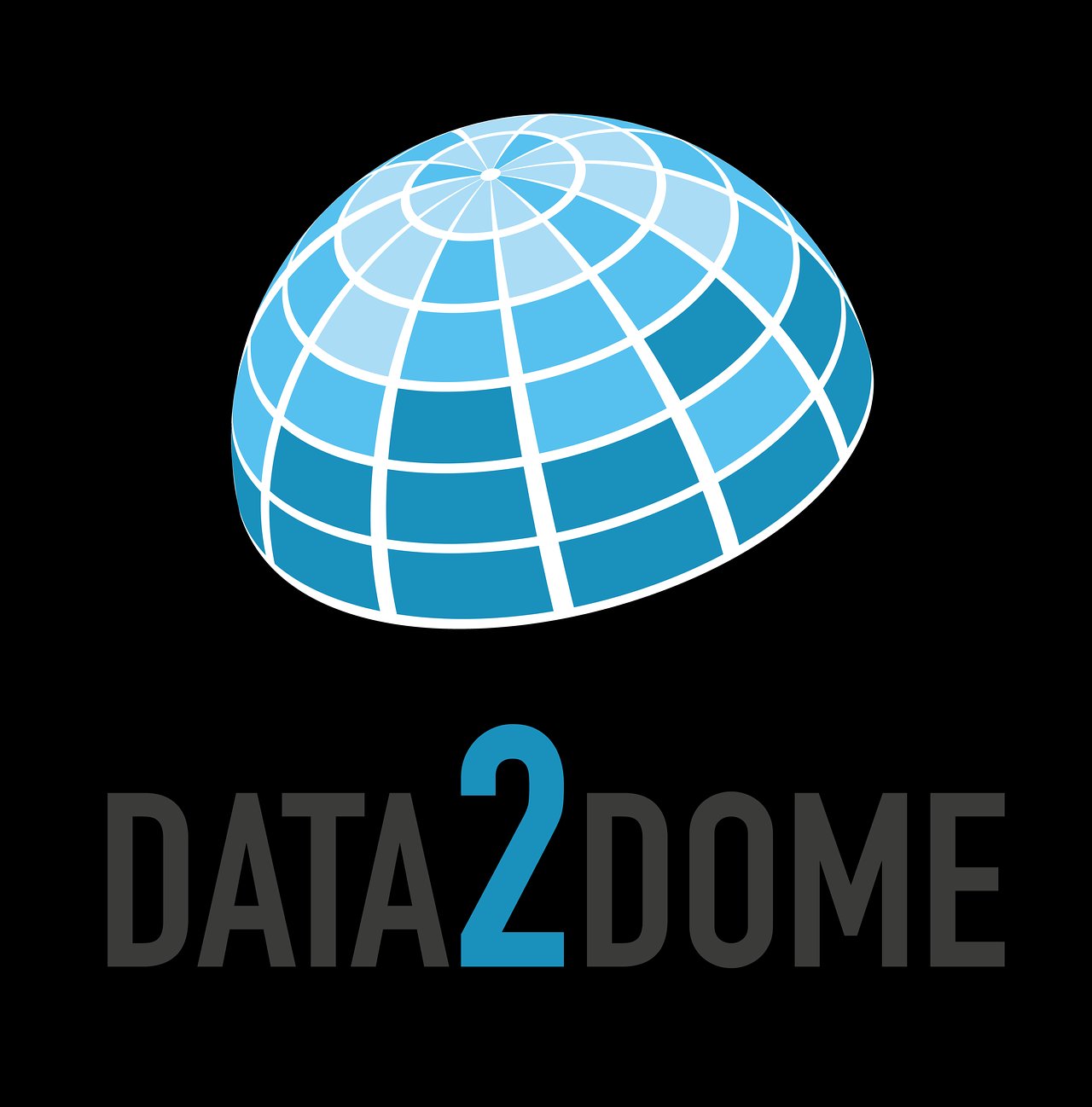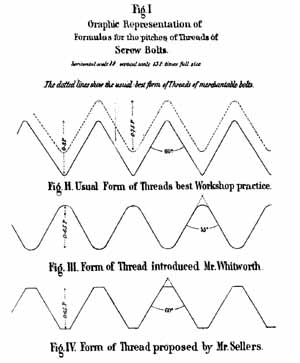|
G.9972
G.9972 (also known as G.cx) is a Recommendation developed by ITU-T that specifies a coexistence mechanism for networking transceivers capable of operating over electrical power line wiring. It allows G.hn devices to coexist with other devices implementing G.9972 and operating on the same power line wiring. G.9972 received consent during the meeting of ITU-T Study Group 15, on October 9, 2009, and final approval on June 11, 2010. G.9972 specifies two mechanisms for coexistence between G.hn home networks and broadband over power lines (BPL) Internet access networks: * Frequency-division multiplexing In telecommunications, frequency-division multiplexing (FDM) is a technique by which the total bandwidth (signal processing), bandwidth available in a communication channel, communication medium is divided into a series of non-overlapping freque ... (FDM), in which the available spectrum is divided into two parts: frequencies below 10 or 14 MHz (specific value can be selected by ... [...More Info...] [...Related Items...] OR: [Wikipedia] [Google] [Baidu] |
Broadband Over Power Lines
Broadband over power lines (BPL) is a method of power-line communication (PLC) that allows relatively high-speed digital data transmission over public electric power distribution wiring. BPL uses higher frequencies, a wider frequency range, and different technologies compared to other forms of power-line communications to provide high-rate communication over longer distances. BPL uses frequencies that are part of the radio spectrum allocated to over-the-air communication services; therefore, the prevention of interference to, and from, these services is a very important factor in designing BPL systems. There are two main categories of BPL: in-house and access. In-house BPL is broadband access within a building or structure using the electric lines of the structure to provide the network infrastructure. Access BPL is the use of electrical transmission lines to deliver broadband to the home. Access BPL is considered a viable alternative to Cable or DSL to provide the 'final mile' of ... [...More Info...] [...Related Items...] OR: [Wikipedia] [Google] [Baidu] |
Internet Access
Internet access is a facility or service that provides connectivity for a computer, a computer network, or other network device to the Internet, and for individuals or organizations to access or use applications such as email and the World Wide Web. Internet access is offered for sale by an international hierarchy of Internet service providers (ISPs) using various networking technologies. At the retail level, many organizations, including municipal entities, also provide cost-free access to the general public. Types of connections range from fixed-line cable (such as DSL and fiber optic) to Mobile broadband, mobile (via Cellular network, cellular) and Satellite Internet access, satellite. The availability of Internet access to the general public began with the commercialization of the early Internet in the early 1990s, and has grown with the availability of useful applications, such as the World Wide Web. In 1995, only percent of the world's population had access, with well ove ... [...More Info...] [...Related Items...] OR: [Wikipedia] [Google] [Baidu] |
Frequency-division Multiplexing
In telecommunications, frequency-division multiplexing (FDM) is a technique by which the total bandwidth (signal processing), bandwidth available in a communication channel, communication medium is divided into a series of non-overlapping frequency bands, each of which is used to carry a separate signal. This allows a single transmission medium such as a microwave radio link, cable or optical fiber to be shared by multiple independent signals. Another use is to carry separate serial bits or segments of a higher rate signal in Parallel communication, parallel. The most common example of frequency-division multiplexing is radio and television broadcasting, in which multiple radio signals at different frequencies pass through the air at the same time. Another example is cable television, in which many television channels are carried simultaneously on a single cable. FDM is also used by telephone systems to transmit multiple telephone calls through high capacity trunklines, communi ... [...More Info...] [...Related Items...] OR: [Wikipedia] [Google] [Baidu] |
Networking Standards
Network, networking and networked may refer to: Science and technology * Network theory, the study of graphs as a representation of relations between discrete objects * Network science, an academic field that studies complex networks Mathematics * Networks, a graph with attributes studied in network theory ** Scale-free network, a network whose degree distribution follows a power law ** Small-world network, a mathematical graph in which most nodes are not neighbors, but have neighbors in common * Flow network, a directed graph where each edge has a capacity and each edge receives a flow Biology * Biological network, any network that applies to biological systems * Ecological network, a representation of interacting species in an ecosystem * Neural network, a network or circuit of neurons Technology and communication * Artificial neural network, a computing system inspired by animal brains * Broadcast network, radio stations, television stations, or other electronic media ... [...More Info...] [...Related Items...] OR: [Wikipedia] [Google] [Baidu] |
Network Protocols
A communication protocol is a system of rules that allows two or more entities of a communications system to transmit information via any variation of a physical quantity. The protocol defines the rules, syntax, semantics, and synchronization of communication and possible error recovery methods. Protocols may be implemented by hardware, software, or a combination of both. Communicating systems use well-defined formats for exchanging various messages. Each message has an exact meaning intended to elicit a response from a range of possible responses predetermined for that particular situation. The specified behavior is typically independent of how it is to be implemented. Communication protocols have to be agreed upon by the parties involved. To reach an agreement, a protocol may be developed into a technical standard. A programming language describes the same for computations, so there is a close analogy between protocols and programming languages: ''protocols are to communicat ... [...More Info...] [...Related Items...] OR: [Wikipedia] [Google] [Baidu] |
Open Standards
An open standard is a standard that is openly accessible and usable by anyone. It is also a common prerequisite that open standards use an open license that provides for extensibility. Typically, anybody can participate in their development due to their inherently open nature. There is no single definition, and interpretations vary with usage. Examples of open standards include the GSM, 4G, and 5G standards that allow most modern mobile phones to work world-wide. Definitions The terms ''open'' and ''standard'' have a wide range of meanings associated with their usage. There are a number of definitions of open standards which emphasize different aspects of openness, including the openness of the resulting specification, the openness of the drafting process, and the ownership of rights in the standard. The term "standard" is sometimes restricted to technologies approved by formalized committees that are open to participation by all interested parties and operate on a consensus bas ... [...More Info...] [...Related Items...] OR: [Wikipedia] [Google] [Baidu] |
International Standards
An international standard is a technical standard developed by one or more international standards organizations. International standards are available for consideration and use worldwide. The most prominent such organization is the International Organization for Standardization (ISO). Other prominent international standards organizations including the International Telecommunication Union (ITU) and the International Electrotechnical Commission (IEC). Together, these three organizations have formed the World Standards Cooperation alliance. Purpose International standards can be applied directly or adapted to meet local conditions. When adopted, they lead to the creation of national standards that are either equivalent to or largely align with the international standards in technical content, though they may have: (i) editorial variations, such as differences in appearance, the use of symbols, measurement units, or the choice of a point over a comma as the decimal marker, and (ii) v ... [...More Info...] [...Related Items...] OR: [Wikipedia] [Google] [Baidu] |
Computer Networks
A computer network is a collection of communicating computers and other devices, such as printers and smart phones. In order to communicate, the computers and devices must be connected by wired media like copper cables, optical fibers, or by wireless communication. The devices may be connected in a variety of network topologies. In order to communicate over the network, computers use agreed-on rules, called communication protocols, over whatever medium is used. The computer network can include personal computers, servers, networking hardware, or other specialized or general-purpose hosts. They are identified by network addresses and may have hostnames. Hostnames serve as memorable labels for the nodes and are rarely changed after initial assignment. Network addresses serve for locating and identifying the nodes by communication protocols such as the Internet Protocol. Computer networks may be classified by many criteria, including the transmission medium used to carr ... [...More Info...] [...Related Items...] OR: [Wikipedia] [Google] [Baidu] |
ITU-T Recommendations
The International Telecommunication Union Telecommunication Standardization Sector (ITU-T) is one of the three Sectors (branches) of the International Telecommunication Union (ITU). It is responsible for coordinating standards for telecommunications and Information Communication Technology, such as X.509 for cybersecurity, Y.3172 and Y.3173 for machine learning, and H.264/MPEG-4 AVC for video compression, between its Member States, Private Sector Members, and Academia Members. The World Telecommunication Standardization Assembly (WTSA), the sector's governing conference, convenes every four years. ITU-T has a permanent secretariat called the Telecommunication Standardization Bureau (TSB), which is based at the ITU headquarters in Geneva, Switzerland. The current director of the TSB is Seizo Onoe (of Japan), whose 4-year term commenced on 1 January 2023. Seizo Onoe succeeded Chaesub Lee of South Korea, who was director from 1 January 2015 until 31 December 2022. Primary ... [...More Info...] [...Related Items...] OR: [Wikipedia] [Google] [Baidu] |



